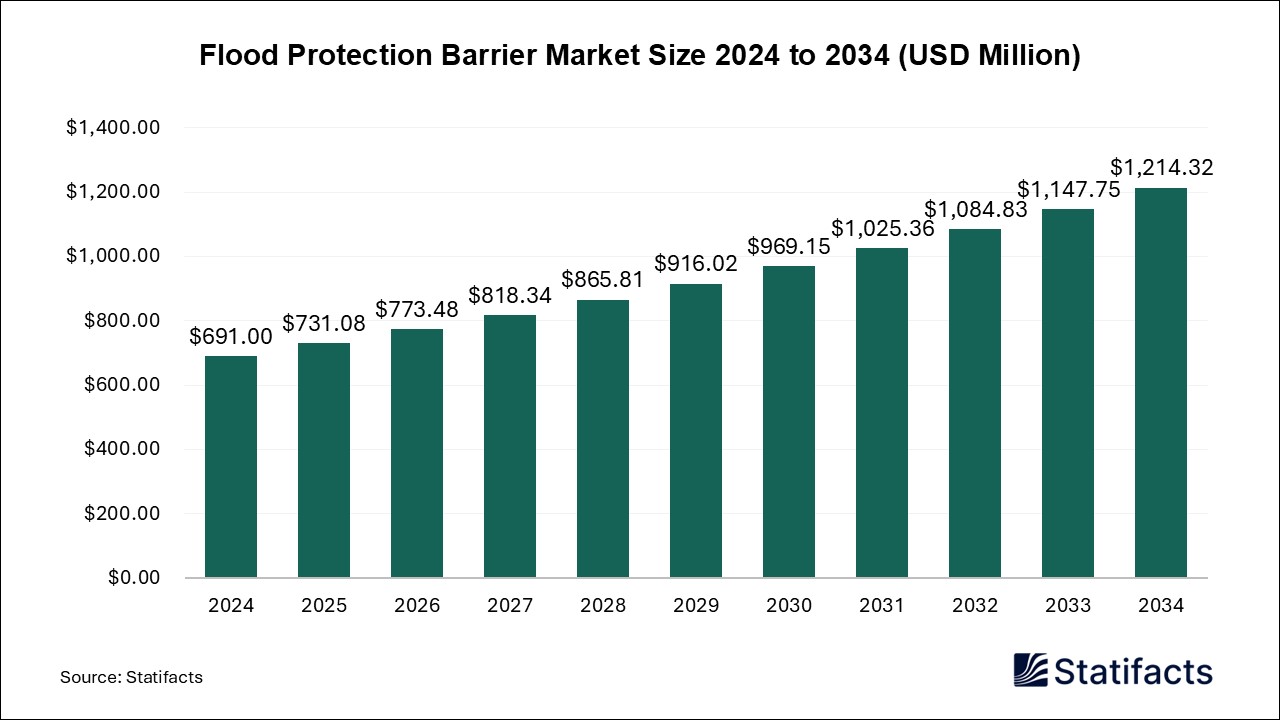

Our customers work more efficiently and benefit from
The global drug delivery devices market size was estimated at USD 286.51 billion in 2024 and is projected to be worth around USD 508.28 billion by 2034, growing at a CAGR of 5.9% from 2025 to 2034.
| Industry Worth | Details |
| Market Size in 2025 | USD 286.51 Billion |
| Market Size by 2034 | USD 508.28 Billion |
| Market Growth Rate from 2025 to 2034 | CAGR of 5.9% |
The drug delivery devices market refers to the production, distribution, and application of drug delivery devices, including medical devices and systems designed for the targeted delivery and controlled release of pharmaceutical substances into the body. This market includes a high range of devices like drug-eluting stents, prefilled syringes, infusion pumps, transdermal patches, and inhalers. A drug delivery device is defined as a formulation or a device that allows the introduction of a therapeutic substance into the body that improves its efficacy and safety by controlling the time, rate, and place of release of drugs into the body.
A drug delivery device is a prefabricated system intended to release the drug to the desired organ with maximum safety, reliability, and effectiveness. The use of a drug delivery system (DDS) can enhance the pharmacological properties of traditional therapeutics by altering drug pharmacokinetics and biodistribution. Drug delivery systems (DDS) can include dendrimers, micelles, liposomes, and many polymeric-based systems. The use of DDS, such as liposomes and micelles, can facilitate the delivery of chemotherapeutic agents to tumor sites while at the same time minimizing unintended harmful side effects associated with the use of these drugs. Additionally, the drug delivery system allows for the administration of an increased cumulative dose of the drug.
The growing senior population needs more effective medication delivery methods, which drive the growth of the drug delivery devices market. Medications, the most common medical intervention, are an essential part of medical care for older people. Without medications, many older people would function less well or die at an earlier age. Both drug delivery performance and many age-related mental, physical, and physiological changes can affect drug effectiveness and safety in elderly patients. Geriatric patients face many barriers when it comes to successful drug delivery, including alterations in cognitive and physical function.
The senior population faces unique challenges that need to be addressed through advancements in drug delivery systems and formulation technology. The transdermal route of drug delivery has many benefits over other routes. Some of these benefits are mainly applicable to the senior population. The balance of benefit and harm of some medicines may be altered in the elderly. Thus, elderly patients’ medicines should be reviewed regularly, and medicines that are not of benefit should be stopped.
Advanced technologies in drug delivery systems drive the growth of the drug delivery devices market. The most recent systems have been formulated with enhanced properties, such as reduced toxicity, sustained release, stability, targeted localization, efficacy, solubility, improved permeability, and smaller particle size. Recent drug delivery systems offer many benefits when compared to conventional drug delivery systems due to their improved precision, performance, automation, and efficacy. Advanced drug delivery system sets the promise to resolve the occurrence of major side effects and enhance therapeutic outcomes by increasing the drug concentration at the affected body site. They can further improve patient acceptance and compliance by being less invasive and more effective. Recent drug delivery systems (DDS) are formulated with enhanced properties like sustained delivery, toxicity, stability, specific site targeting, efficacy, increased solubility, increased permeability, and smaller particle size.
Integration of artificial intelligence (AI) in drug delivery systems (DDS) is driving the growth of the drug delivery devices market. AI offers significant advancements in drug discovery by efficiently identifying compounds, streamlining drug structures, validating drug targets, and prioritizing response templates. AI can improve drug delivery systems in many ways, including by improving drug formulations and delivery routes. AI can assist in ensuring that drug delivery systems meet regulatory standards by analyzing data for compliance and identifying potential issues before they arise. AI can predict demand and improve the supply chain for drug distribution, ensuring that drugs are delivered effectively and without delays. By using AI algorithms to analyze data from large populations, they can be used to identify trends and patterns that can help predict the effectiveness of potential drug candidates for specific patient populations which can help tailor treatments to the needs of individual patients.
Published by Sanket Gokhale , March 2025
For any questions about this dataset or to discuss customization options, please write to us at sales@statifacts.com
| Stats ID: | 8073 |
| Format: | Databook |
| Published: | March 2025 |
| Delivery: | Immediate |
| Price | US$ 1550 |

| Stats ID: | 8073 |
| Format: | Databook |
| Published: | March 2025 |
| Delivery: | Immediate |
| Price | US$ 1550 |

You will receive an email from our Business Development Manager. Please be sure to check your SPAM/JUNK folder too.

Unlock unlimited access to all exclusive market research reports, empowering your business.
Get industry insights at the most affordable plan
Stay ahead of the competition with comprehensive, actionable intelligence at your fingertips!
Learn More Download
Download
